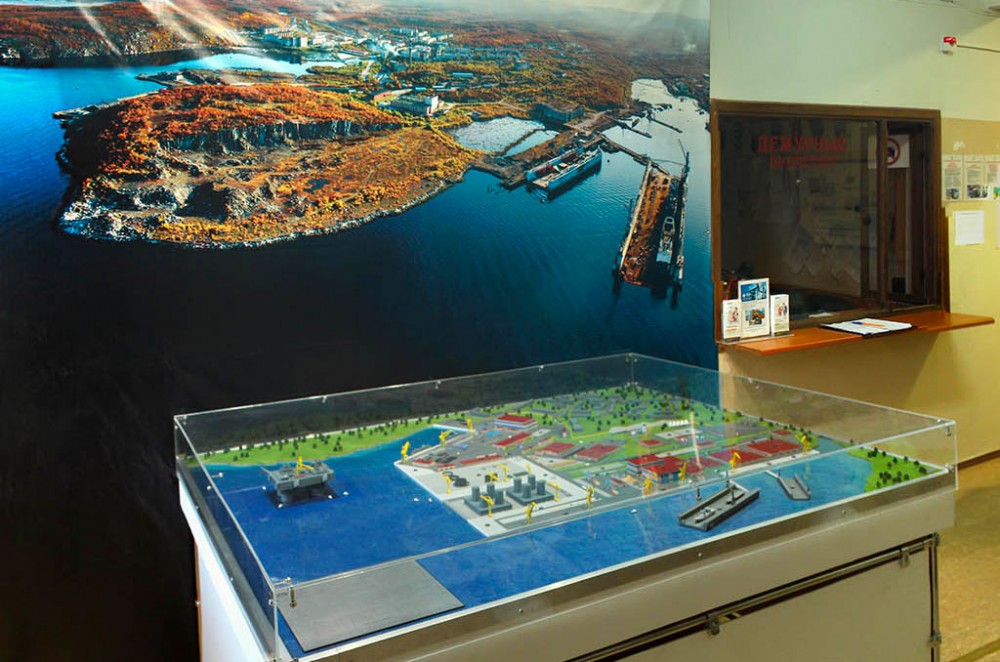 chinggis Sat Nov 24, 2018 10:26 am
chinggis Sat Nov 24, 2018 10:26 am
How I say, it is difficult process to rise something what is sunken and it is on bottom of ocean. People can not imagine how is important to know sea bottom of what type of material is made, is it rock, sand or mud. Rise something is easy if it is bottom rock, sand is not so hard too, but if it is made from mud, it is difficult. Mud is soft, and sunken object is always bury itself in it. This is one reason why is so hard to rise objects from muddy bottom. You must make multiple channels for cables what will tie both sides of sunken object to floating cisterns what will be filled with compressed air. When you start filling cisterns with air, you MUST start blowing air in pipes what you are put it between sea bottom and sunken object. This is MUST because mud is soft and make a "vacuum" on sunken object and does not allow object to be lifted. Of course, you can blow air anyway and with enough floating cisterns at one point it will be released from mud and like a torpedo it will go to surface. Whit speed and its mass, when it come to surface it will be fly out few meters in air( in my experience, ship is fly out 2m in air and fall in sea again), some cables what hold cisterns brake and ship is lost her buoyancy and sunk again. When is finally find rest on sea bottom, we dive again and make all work what we are doing last time, again. This ship is not big and extra heavy but we are working almost entire month. From start when I start dive, I suggest to my fellow coworkers that we are doing on wrong way, but I was dismissed and I shut up. My suggestion is, tie floating cisterns to ship, fill with air just enough that a ship will have small but evident buoyancy, blow air in pipes what a buried in mud to ease sticky connection between ship and bottom. When ship is lifted few centimeters from bottom, rescue ships will start lifting it with own capstans and windlasses. Entire process what we are make fifth time is what I suggest to my follow coworkers. We are lift ship 5m from bottom and tow her in 5m shallow water, there we make all preparation for lifting her to another 5m lift and tow. This process is made many times until we come in shallow water, 10 or 12m deep, then pump air in floating cisterns until ship is lifted from water. Ships deck is centimeter higher than sea surface at that time we engage water pumps to empty ships lower decks. All time we are carefully measure distance at bow and stern from sea level, it is important to do that because ship will not get wrong inclination and sunk again.
So, this process must be done for floating dock, and imagine how hard is to get a dock long 300m at sea surface, can you imagine how expensive that operation will be. With that difficulties what I write, you must count on something like storms, ice, strong currents and low visibility at bottom, cold and deep at what a divers will work (when you are going deeper, pressure is bigger and time what you can work at bottom is shorter, cold and heavy work cause that divers will spent more air than normal( more expensive because you need to refile bottles and send new divers down) and shorten its time to work on sunken ship. And you must count on something that will brake on salvaging ships and you must repair it. Expenses will rise and rise, so in total, rising something from bottom is veryyyy expensive, time and labor consuming, and when you rise sunken object from bottom you must repair it. And tat is new expense. All in all, let the sunken object rest it on bottom in peace.





